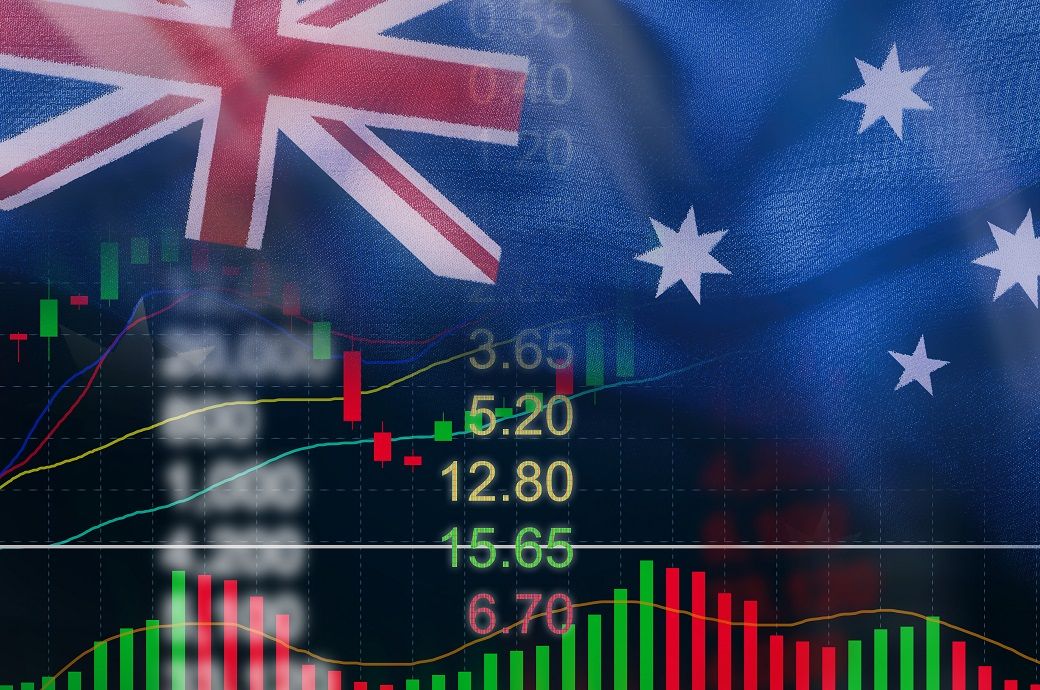Business confidence slipped 3 points during the month, but following four months of gains, it remains close to its long-term average. Forward orders rose again, pushing the series into positive territory for the first time in two years, highlighting stronger momentum in demand. Cyclically sensitive sectors such as manufacturing and retail recorded improvements in both confidence and conditions, while Queensland led the states, followed by Victoria, which also returned to positive territory.
Capacity utilisation lifted further to 83.1 per cent—2 points above the long-run average—indicating continued tightness in supply and demand. Cash flow rose for a third consecutive month, while capex increased by 2 points to +10 index points.
Australia’s business conditions rose 2 points in August, reaching their long-run average, driven by gains in employment and profitability, as per the NAB survey.
Confidence slipped but stayed near average, while forward orders turned positive for the first time in two years.
Capacity utilisation lifted to 83.1 per cent, with cash flow and capex improving.
NAB chief economist Sally Auld said the results underscored a strengthening outlook: “The August survey result gives us confidence in our view that the outlook for businesses continues to improve. Both business confidence and conditions have normalised and are around their long-run averages.”
Auld noted that conditions and confidence in Victoria turned positive for the first time since May 2024, with the largest gains seen in South Australia and Western Australia. She added that industries that had faced headwinds in recent years, such as manufacturing and retail, are now showing positive signs, reinforcing expectations of a stronger second half of the year.
Cost pressures eased slightly in August. Purchase cost growth slowed to 1.1 per cent in quarterly equivalent terms, the lowest level since 2021, while labour cost growth moderated to 1.5 per cent and product price growth edged down to 0.6 per cent.
“Capacity utilisation remains above average suggesting continued tightness in the supply/demand balance. That said, measures of costs and prices moderated in August, including purchase cost growth which fell to its lowest level since 2021,” added Auld.
Fibre2Fashion News Desk (SG)
